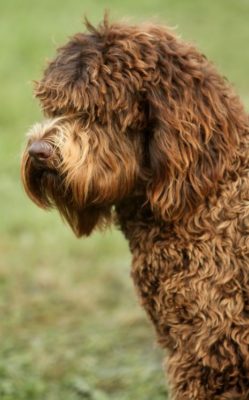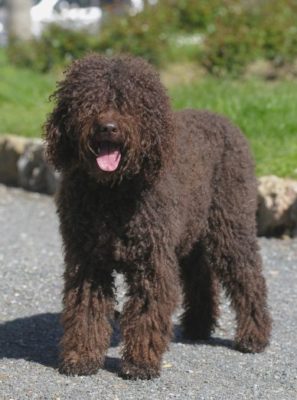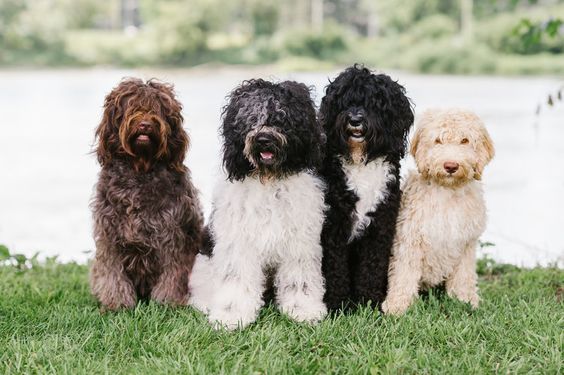Barbet
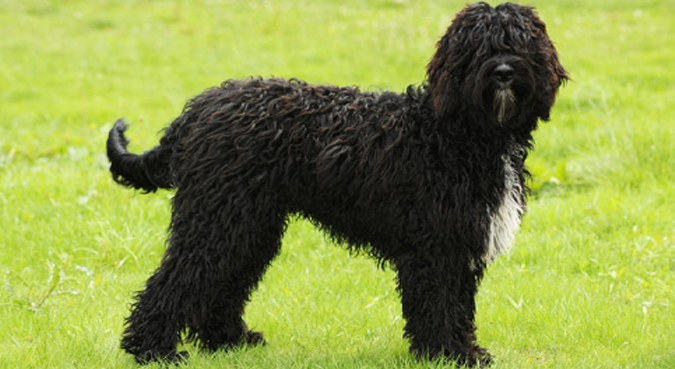
The Barbet is a versatile pet. He is cheerful, friendly, and intelligent. From early childhood, you need to watch the dog’s behavior, because as an adult, he can be selfish. Barbet loves to be the center of attention and is not afraid of noise. He easily and quickly becomes attached to the whole family and does not like to spend much time alone.
Table of Contents
Breed Information
| Another Name | French Water Dog |
| Origin | France |
| Height | Males 58-65 cm Females 53-61 cm |
| Weight | 17-28 kg |
| Fur | Curly, long |
| Color | Pale, black, gray, brown, white |
| Lifespan | 13-15 years |
| FCI Classification | Retrievers – Flushing Dogs – Water Dogs |
| Group | Watchdogs |
| Price | $500-1000 |
Breed Photos
Origin History
Water dogs have been known since ancient times in many countries around the world. They were often depicted in paintings near bodies of water because these dogs are excellent swimmers. Barbet is descended from such dogs as the Poodle, the Bichon Frise, and the American Water Dog.
The first club of fans of the breed was formed in the XIX century when the breed was officially recognized. The dogs were actively used by sailors who went on voyages and wildlife hunters.
World War I and World War II negatively affected the development and number of barbets. At that time, the breed was on the verge of extinction. The French worked on the restoration and selection of the breed, who finally managed to save the breed in the 1980s. Now the dogs are presented at world shows, and they are very popular as pets.
Appearance
The Barbet has a medium size, round head, short nose, and long floppy ears. The dog’s paws are adapted for easy swimming in all weathers. They are large and rounded.
The coat is long, curly, waterproof. The coat may have different colors – black, gray, white, pale, brown. Allowed markings of other colors and mixed color.
Males are slightly taller and fatter than females. The growth of males is 58-65 cm, the height of females – 53-61 cm. Weight is about 17-28 kg.
The tail of the Barbet low planted, at the end a little twisted. The body is harmonious, with good muscularity and strong muscles.
Character
Barbet is a versatile pet. He is cheerful, friendly, and intelligent. From early childhood, you need to watch the dog’s behavior, because as an adult, he can be selfish.
Barbet loves to be the center of attention and is not afraid of noise. He easily and quickly becomes attached to the whole family and does not like to spend much time alone.
They have a special fondness for school children. The pupil will willingly escort the child to school and wait for him after school.
They also have perfectly developed guarding qualities. They can guard the house and property. Raising a dog, you should be prepared for the fact that he is very active. It can get dirty and messy often. They can sometimes be very stubborn and willful.
Care
Barbet can easily live in an apartment if he walks regularly. About three times a day with vigorous exercise. It is worth remembering the main purpose of the dog – swimming. In summer, you can equip a special pool or go out together to the lake.
The dog’s diet requires special care. After all, they are prone to obesity. Thick and long hair should be brushed daily. Its proper appearance and condition depend on it. Through its natural curl, tangles may appear.
The dog’s ears are a weak point. They may be prone to infections. Therefore, it is worth inspecting and cleaning them regularly. The eyes and mouth should be examined and cleaned once a week, if necessary.
Barbet hardly ever molts, but sometimes they can be trimmed to make her look groomed. Because barbets are very active and can get dirty often, they should be bathed once a month or as needed with special shampoos.
Training
A dog’s training and education should begin from the first days of a puppy’s arrival in the home. Training should last a lifetime. Barbets require constant physical and mental stimulation to keep their tone. These dogs are easy to train, but they always feel the owner’s authority and strong character.
They may be stubborn and not want to follow commands. In such situations, you need to encourage the dog to obey with a serious intonation. A nice bonus after each training can be a tasty reward. Also, do not be stingy with praise and affection.
Common Diseases
The Barbet’s health is generally strong; however, it is common for them to have diseases such as hip dysplasia, hernia, and malocclusion.
It is necessary to remember about vaccinations and coat treatment against parasites. Regular visits to the doctor and proper care of the pet.
Nutrition
The basis of the Barbet’s diet should be meat (lean), vegetables, fruits, dairy products. The dog should always have free access to clean water. If you choose to feed dry food, it is best if it is expensive and of high quality with all the useful minerals and vitamins.
 Bloodhound
Bloodhound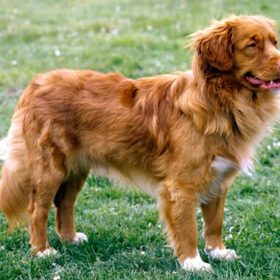 Nova Scotia Duck Tolling Retriever
Nova Scotia Duck Tolling Retriever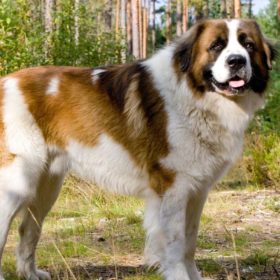 Moscow Watchdog
Moscow Watchdog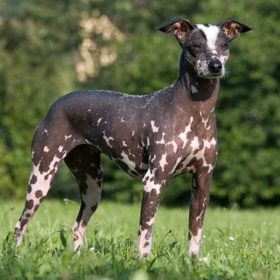 Peruvian Hairless Dog
Peruvian Hairless Dog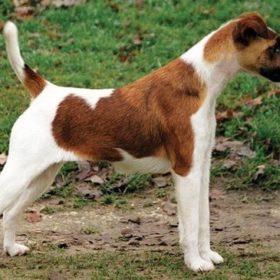 Smooth Fox Terrier
Smooth Fox Terrier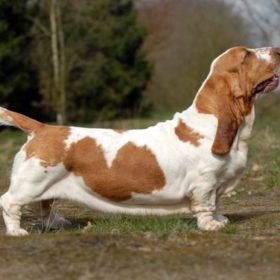 Basset Hound
Basset Hound